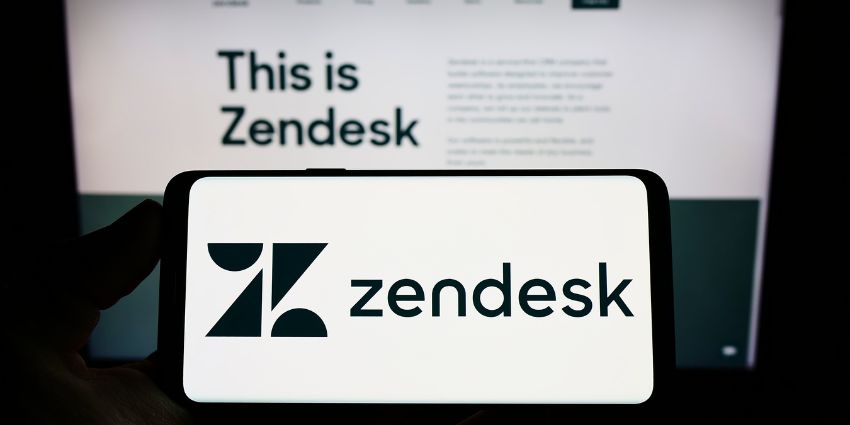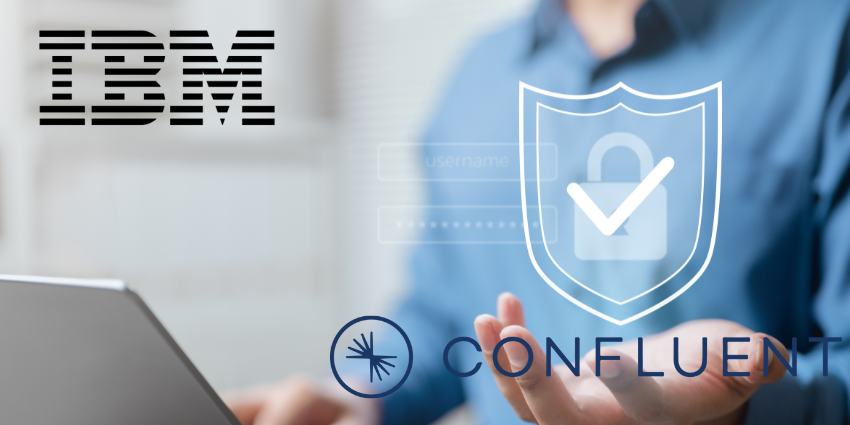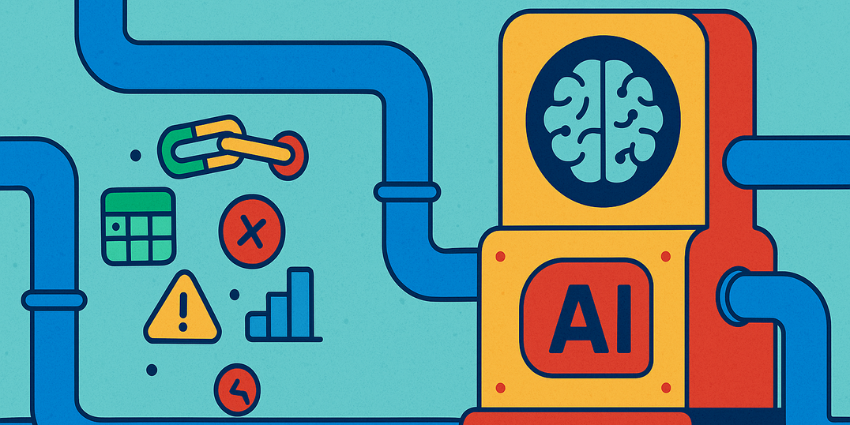In March, Zendesk announced the next evolution of its platform, relaunching it as the Zendesk Resolution Platform.
The relaunch affirmed the CRM giant’s new Holy Grail: resolutions. In its view, resolution is the outcome that trounces all the others.
Alongside the relaunch, Zendesk debuted AI agents, with an outcome-based pricing model. The model ensures brands only pay for AI if it delivers those resolutions.
Since then, the vendor has also announced a CCaaS platform, employee service suite, and an acquisition, each driving it further toward its North Star.
Yet, while it hasn’t received the same attention, Zendesk’s latest move to unleash 30+ new features across its Resolution Platform is also significant.
Indeed, the new release extends the capabilities of its AI agents, knowledge management, and workforce engagement (WEM) solutions.
Celebrating the new features, Shashi Upadhyay, President of Product, Engineering, and AI at Zendesk, said: “We’re accelerating our pace of innovation like never before, delivering new products and capabilities faster to meet our customers’ evolving needs.
Our focus remains on building AI-powered solutions that are simple, easy-to-use, and scalable, ensuring businesses across all industries can seamlessly enhance their customer and employee experience without complexity or compromise.
Zendesk has long held that reputation for delivering easy-to-use solutions. While the complexity generally associated with AI may challenge these conceptions, as Upadhyay states, the company will continue to prioritize simplicity, even as it delves deeper into the world of AI agents…
So, What’s New with Zendesk’s AI Agents?
During its March Relate event, Zendesk highlighted how its agents reason, adapt, and resolve by following “end-to-end” resolution flows that aren’t fixed and require no manual setup.
The CRM giant has now made these AI agents available across email. As such, users can explain the queries they’d like the agent to resolve in natural language, and they’ll do that across the channel.
As they do so, the agents will abide by best practices, style guidelines, and established guardrails.
Notably, brands can create custom guardrails, ensuring all AI responses are accurate, on-brand, and compliant.
Additionally, these guardrails can guarantee the AI agent escalates to a human at specific points.
While that’s important, Zendesk stresses that its AI agents can automate “over 50 percent of email interactions instantly.”
Other significant AI agent features include connectors to knowledge sources on third-party systems and a “Use Case Suggestion” feature.
The latter is particularly interesting as it spots new opportunities to deploy AI agents and automate additional customer queries.
Other Notable Enhancements: Zendesk Copilot, Knowledge Management, & WEM
While AI agents are the new kids on the block, Zendesk still supports contact center teams with its assistive Copilot.
Interestingly, it has added two exciting features to the virtual assistant. First, Zendesk has made case resolution flows available within Copilot. As such, live reps can follow step-by-step guidance within the Copilot window, improving proficiency, consistency, and handling times.
Second, when there is no resolution path, the Copilot can recommend responses based on solved tickets, offering an invaluable support mechanism when agents are stumped and there’s no helpful information in the knowledge base.
That’s Copilot. Yet, Zendesk has also made advancements in its knowledge management capabilities, releasing an all-new Knowledge Builder.
A demo of the Knowledge Builder is available below. It highlights how contact centers can, in Zendesk’s words, “auto-generate a ready-to-use knowledge base in minutes.”
Moreover, Zendesk unveiled new knowledge connectors to pull knowledge from various sources, including external sites and Confluence, and make it available to human and AI agents. It also added AI translations for articles.
Onto WEM. Here, the CX juggernaut announced Custom QA (quality assurance), a tool allowing brands to create scorecards for specific channels and query types. Then, AI auto-fills a scorecard for every interaction while detecting and flagging risks.
Regarding workforce management (WFM), Zendesk released new performance dashboards and performance APIs. Yet, most notably, it added back office tracking, extending WFM to factor in internal admin tasks.
Those are the most significant announcements. However, a new Action Builder and App Builder also catch the eye.
The Action Builder allows contact centers to set up no-code integrations and automations across Zendesk and other apps, with new triggers, an OpenAI connector, and Salesforce steps. Meanwhile, the App Builder allows contact centers to create and launch apps with generative AI.







